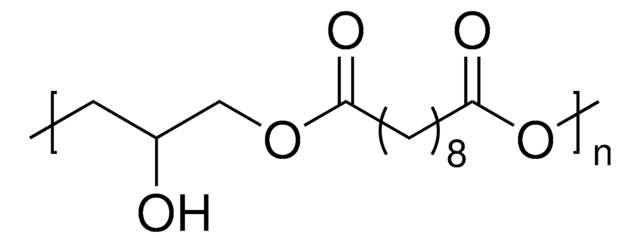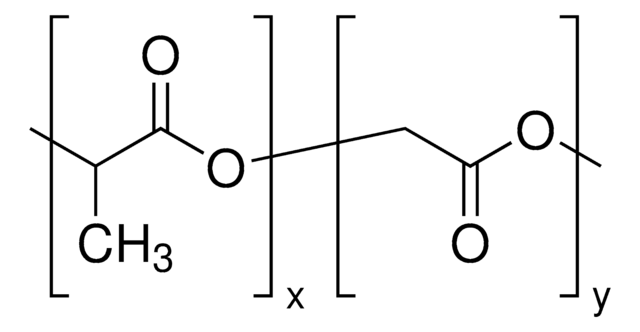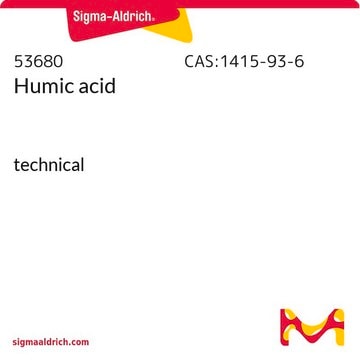900210
Regenerez® Poly(glycerol sebacate) Resin
Synonym(s):
PGS, Poly(glycerol sebacic acid)
About This Item
Recommended Products
Application
Features and Benefits
- Bioresorbable.
- Comprised of naturally occurring metabolites (glycerol and sebacic acid).
- Tunable mechanical properties.
- Versatile platform for further modification.
- Closely simulates modulus of human tissue.
- Enables healing without harmful immune response.
Legal Information
Storage Class Code
11 - Combustible Solids
WGK
WGK 3
Flash Point(F)
No data available
Flash Point(C)
No data available
Choose from one of the most recent versions:
Certificates of Analysis (COA)
Don't see the Right Version?
If you require a particular version, you can look up a specific certificate by the Lot or Batch number.
Already Own This Product?
Find documentation for the products that you have recently purchased in the Document Library.
Customers Also Viewed
Active Filters
Our team of scientists has experience in all areas of research including Life Science, Material Science, Chemical Synthesis, Chromatography, Analytical and many others.
Contact Technical Service











